Section 2
Pollution and Environmental Issues
By Boundless
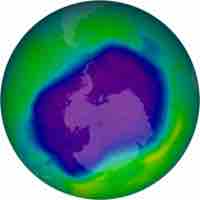
Chlorofluorocarbons have disrupted stratospheric ozone generation, resulting in a thinning of the ozone layer at the poles.
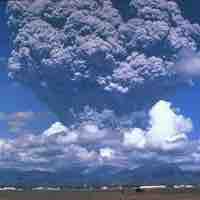
Volcanoes can cause environmental damage due to the hot lava, ash, and gases that are released during an eruption.
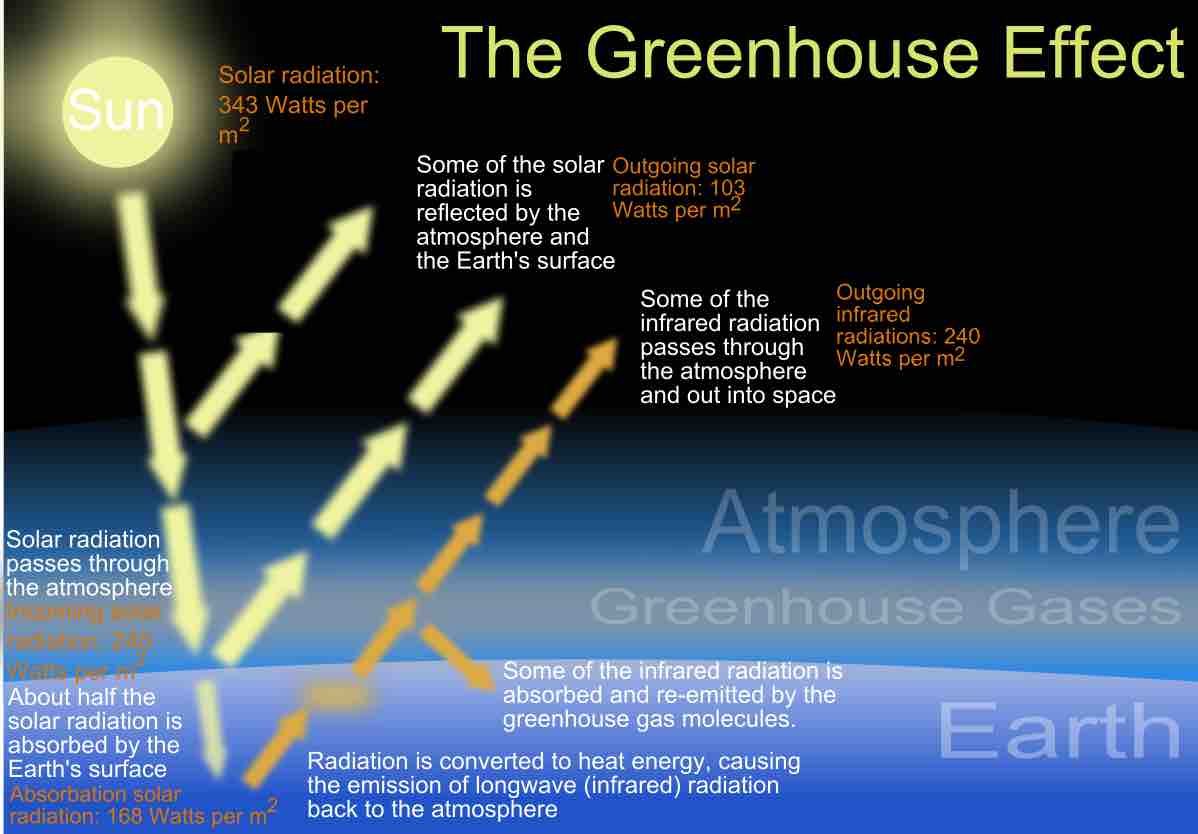
The greenhouse effect is an elevation in surface temperatures due to atmospheric gases absorbing and re-radiating thermal energy.

Photochemical smog forms when primary pollutants react with ultraviolet light to create a variety of toxic and reactive compounds.
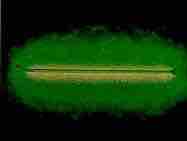
Radon gas, the result of radium's radioactive decay, can severely compromise indoor air quality.
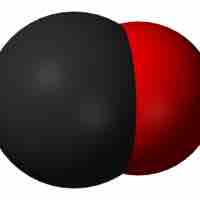
Carbon monoxide and carbon dioxide are products of combustion reactions; in large amounts, carbon monoxide can cause suffocation.
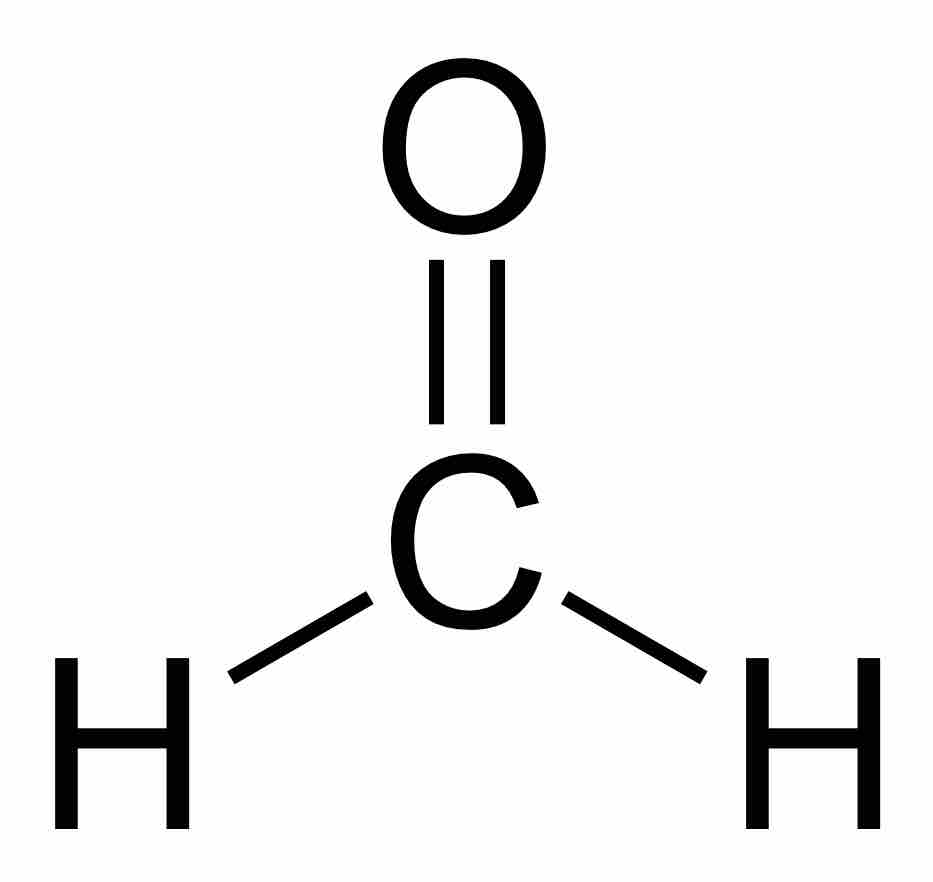
Formaldehyde, the simplest aldehyde, is a common component in building and household materials, and is highly toxic.